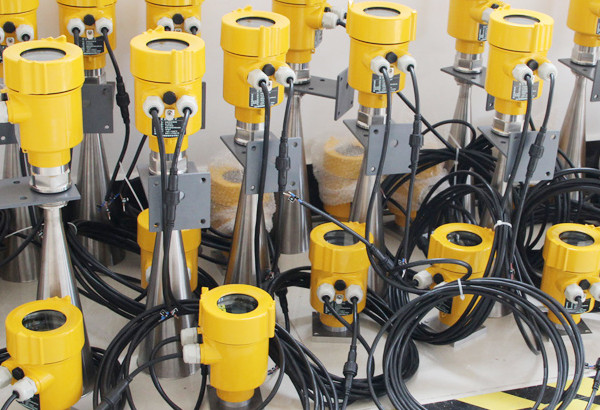In many industrial fields, accurate measurement of tank liquid level is one of the key factors to ensure efficient and stable operation of the production process.
The difficulties faced by tank liquid level measurement include highly corrosive media, high temperature and high pressure environment, and changes in liquid properties, all of which put higher demands on measurement equipment.
As an advanced liquid level measurement tool, radar level meter has a significant advantage in tank liquid level measurement due to its non-contact characteristics.

Tank level measurement usually faces the following difficulties:
1. Medium characteristics: The medium in the tank may be highly corrosive, viscous, or contain a large amount of suspended solids. These characteristics will affect the accuracy of level measurement and the durability of the equipment.
2. Environmental conditions: High temperature, high pressure, and possible steam or dust will increase the difficulty of measurement and place higher requirements on the stability and protection level of the sensor.
3. Liquid level fluctuation: During the process of adding or unloading, the fluctuation of the liquid level may cause measurement errors, requiring the sensor to have fast response and dynamic tracking capabilities.

Faced with the above difficulties, radar level meters have shown the following advantages:
1. Non-contact measurement: radar level meters do not need to be in direct contact with the medium, so they are not affected by the characteristics of the medium and are suitable for measuring corrosive, viscous or liquids containing suspended solids.
2. High adaptability: They can work stably under high temperature and high pressure environments, and are not affected by environmental factors such as steam and dust, ensuring the reliability of measurement.
3. High precision and stability: radar level meters can provide millimeter-level measurement accuracy, and due to their measurement principle, they can maintain stable measurement performance even when the liquid level fluctuates.
4. Easy to install and maintain: Since there is no need to contact the medium, the installation and maintenance of radar level meters are relatively simple, reducing maintenance costs and downtime.
5. Digitalization and intelligence: Modern radar level meters are usually equipped with digital communication interfaces, which can be easily integrated with control systems to achieve data acquisition, remote monitoring and intelligent management.

Radar level meters effectively solve the difficulties faced by traditional liquid level measurement technology in tank liquid level measurement with their advantages such as non-contact measurement, high adaptability, high precision and stability, easy installation and maintenance, digitization and intelligence.
